North of Rome there is a land rich in history, it's Tuscia, the ancient dominion of the Etruscans. Here, at the foot of the Sibillini mountains, there is what is today a hidden gem, but which was once a rich and important city. It's actually quite easy to find interesting things to do in Viterbo, just stroll through the center and let yourself be enchanted.
Also known as the City of the Popes, this town can boast one of the best preserved medieval historic centers in Italy. The palace that hosted eleven popes of Rome, however, is not his only treasure. Its heritage also extends to the subsoil and to the surrounding areas, rich in spas and archaeological sites. Let's find out the things to do in Viterbo to get to know all of his beauties.
Discover Viterbo Pass
What to see and things to do in Viterbo
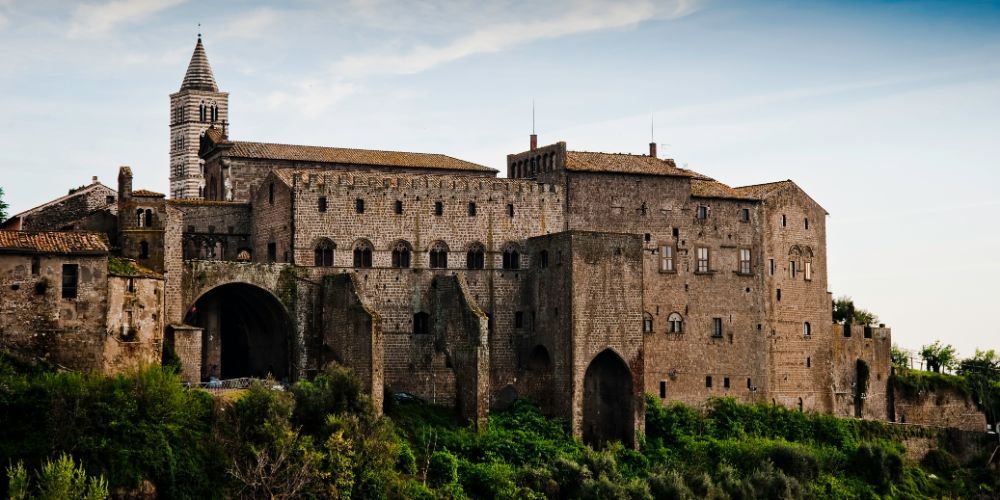
Viterbo is rightly famous for its exceptional ancient centre, full of jewels of medieval architecture, but in reality both the city and its surroundings have much more to offer.
In Viterbo, for example, there is one of the most important shoulder-borne processional structures of Italy, used during religious feasts and UNESCO Intangible Cultural Heritage since 2013. The local cuisine is extremely rich and genuine, based on local products often of peasant origin, but also based of fish.
In fact, if you are looking for things to do in Viterbo, also consider that there are spas and lakes here, such as the lake of Bolsena which is among the most beautiful in Lazio and is located a few kilometers to the north.
Listen to the podcast version of the article with Monna Lisa's voice
Fino out the things to do in Viterbo's historical center
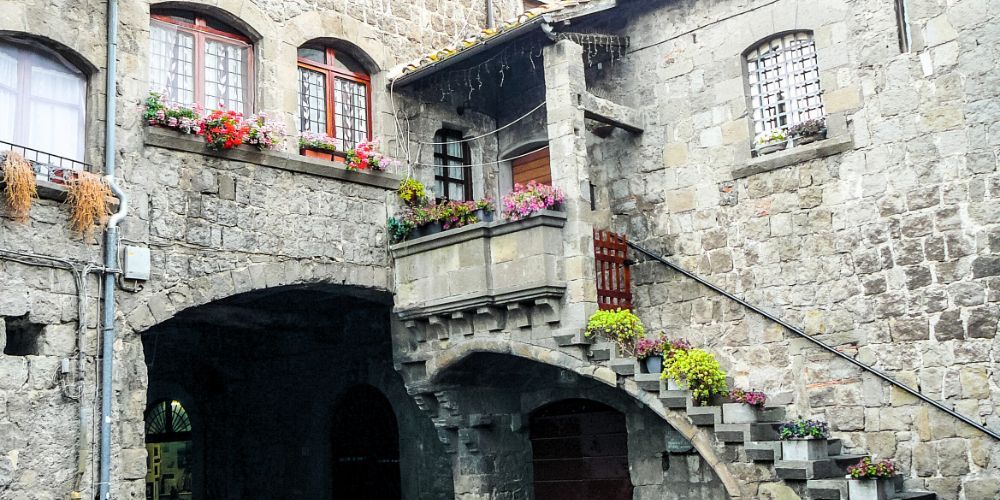
Squares, alleys, small houses and rich noble palaces, the historic center of Viterbo is a treasure chest enclosed by a crenellated wall that seems to have come out of a fairy tale book. The city that we can admire today is the medieval one, however the area has been inhabited almost always, starting from the 6th-5th century, when the Etruscans lived there.
According to the legends, even the Greek hero Ercole would have passed through here, creating the Lake of Vico, not far away.
Many eras later, in the thirteenth century, the medieval districts of San Pellegrino and Piano Scarano were built, the most evocative of Viterbo. It'll be easy, here, to see the profferli, the flights of external stairs leaning against the facades of the buildings. They are the most typical architectures of Viterbo, simple in the homes of common people, enriched with carvings or other decorative elements in the many houses that belonged to the richest families.
Actually, there are many noble palaces in town. You just need to walk a few minutes through Viterbo to come across the residences of the most important families of the Roman aristocracy between the fifteenth and sixteenth centuries.
There are also numerous medieval churches to visit: San Francesco alla Rocca for example, or Santa Maria Nuova. Also not to be missed is Santa Rosa and the Basilica from 1237.
Among the things to do in Viterbo, don't forget the underground, which is an hidden gem on its own. In fact, there is a network of tunnels dug below the historic center that extends up outside the walls. The oldest, apparently, date back to the pre-Etruscan era. Today they can be partly visited in the company of local guides.
Discover Viterbo undergroundthings to do in Viterbo: a visit at the Palace of the Popes
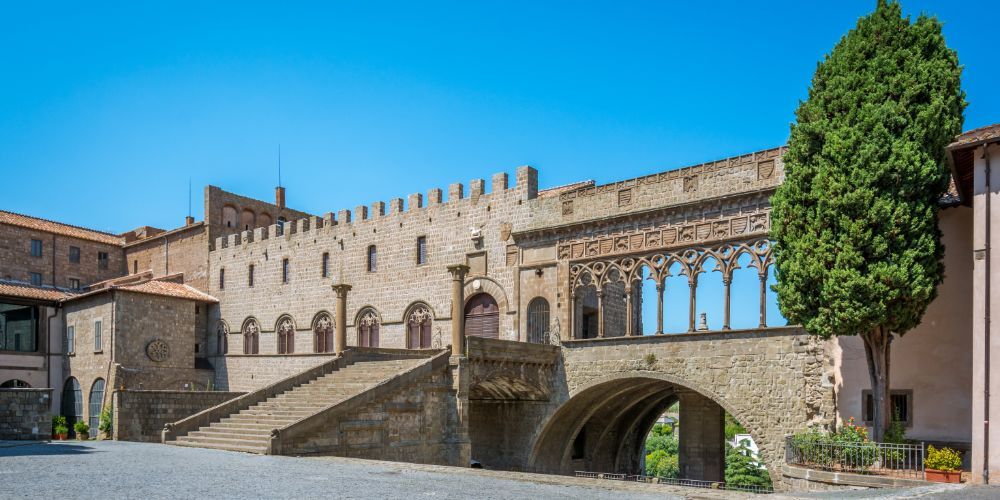
Visiting the complex of Piazza San Lorenzo, with the homonymous church and the imposing residence of the Popes, is possibly one of the first things to do in Viterbo, because it's the heart of the town.
It was Pope Alexander IV, in 1257, to first move his seat from Rome to Viterbo due to continuous political conflicts. Since then and in the following decades, the massive and imposing Palace of the Popes has been enriched with rooms, wonderful arcades and works of art that have made it even more precious.
The façade overlooking the valley is austere and imposing, the one on the square, on the other hand, is more elegant and lightened by arches, battlements and stairs. Inside there is, among other things, the Sala del Conclave, which leads to the beautiful Loggia delle Benedizioni. Its seven elegant pointed arches are probably the best known "postcard" of Viterbo.
Equally important is the adjacent Cathedral of San Lorenzo, with its unmistakable Tuscan Gothic style bell tower. The Cathedral was the scene of important historical events, here in fact the kings were excommunicated or the Popes consecrated.
To complete this important monumental complex there are also the Colle del Duomo Museum and, last but not least, the building that was once the hospital for the sick (now disused) and which stands on the foundations of an Etruscan building.
Discover how to visit The Palace of the Popes and Viterbo Historic centerThings to do in Viterbo's surrounding areas
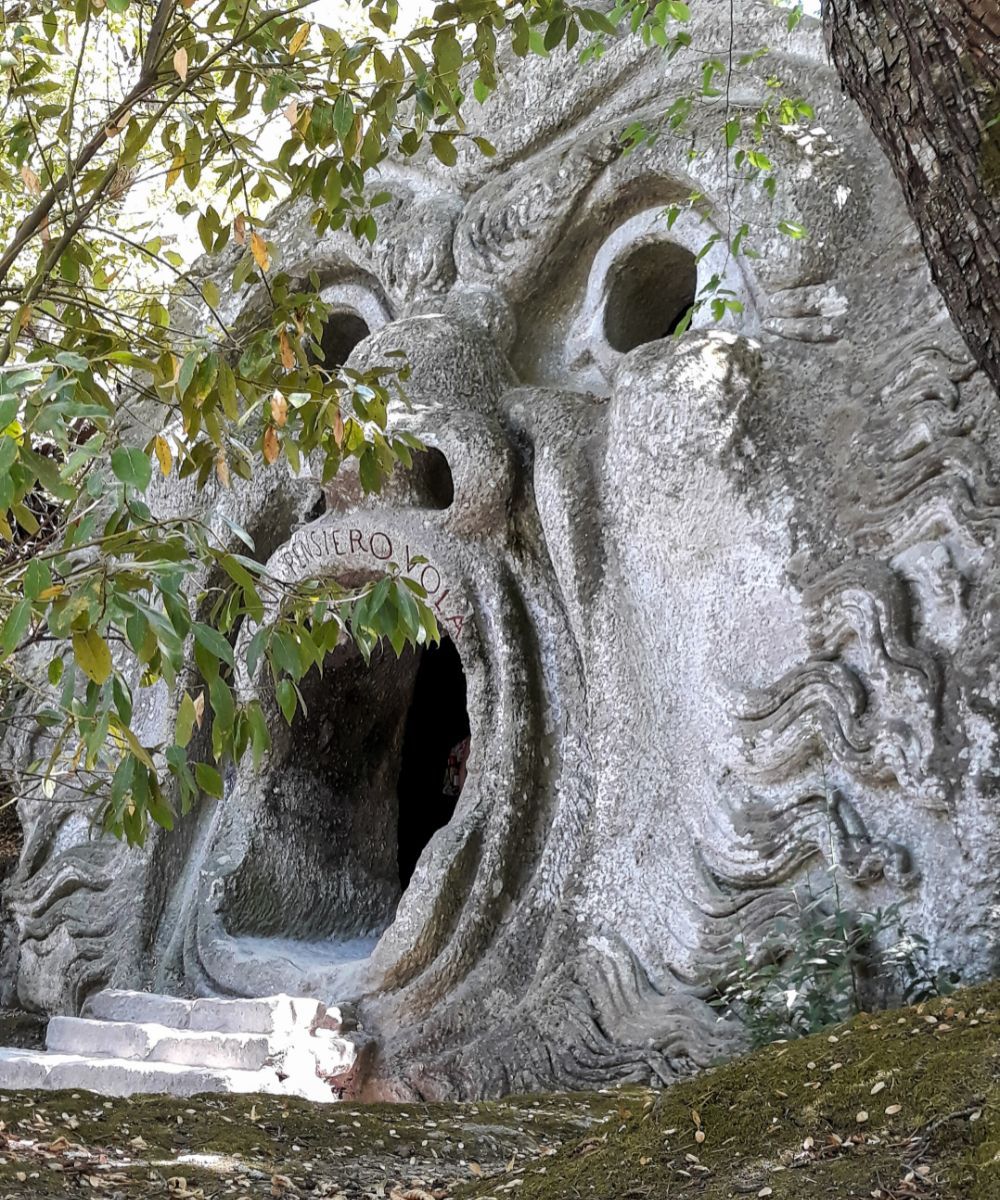
Tuscia is a region very rich in hidden gems. Let's find out not only all the things to do in Viterbo, but also in the surrounding area that is a constant surprise, with the castles, the abandoned cities and the archaeological sites.
A few minutes away is the small village of Bagnaia, for example, with the wonderful gardens of Villa Lante and the tiny medieval historic center.
Truly surprising is the Parco di Mostri of Bomarzo, that translates to Monsters Park, also known as Sacro Bosco, Sacred Woods. It was created by Vicino Orsini, a nobleman of the XVI century, to mourn his deceased wife. The park's imaginative sculptures represent fantastic creatures in monumental dimensions.
Archeology lovers cannot miss the necropolis of Tuscania and San Giuliano, and above all Tarquinia, one of the most important in Italy and UNESCO heritage.
Just 9 km from Viterbo there is also the amphitheater of Ferento, one of the most important Etruscan sites. The ancient Romasn hinerited it, and gave it the actual name. Not far away there is also another archaeological site well worth a visit, Vulci.
To relax, after having your fill of history and beauty, there are finally several spas. The province of Viterbo, in fact, has been known since ancient times for its beneficial thermal waters.
About the author
Written on 25/02/2023

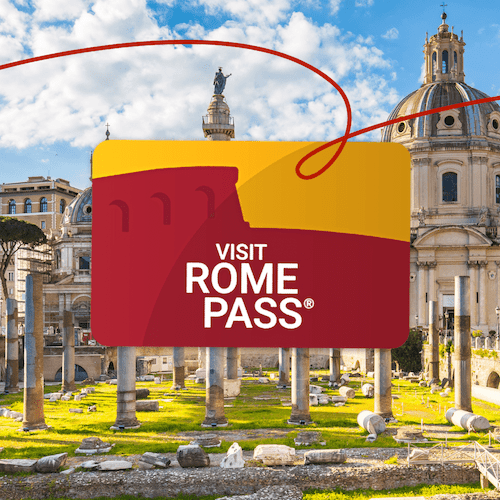
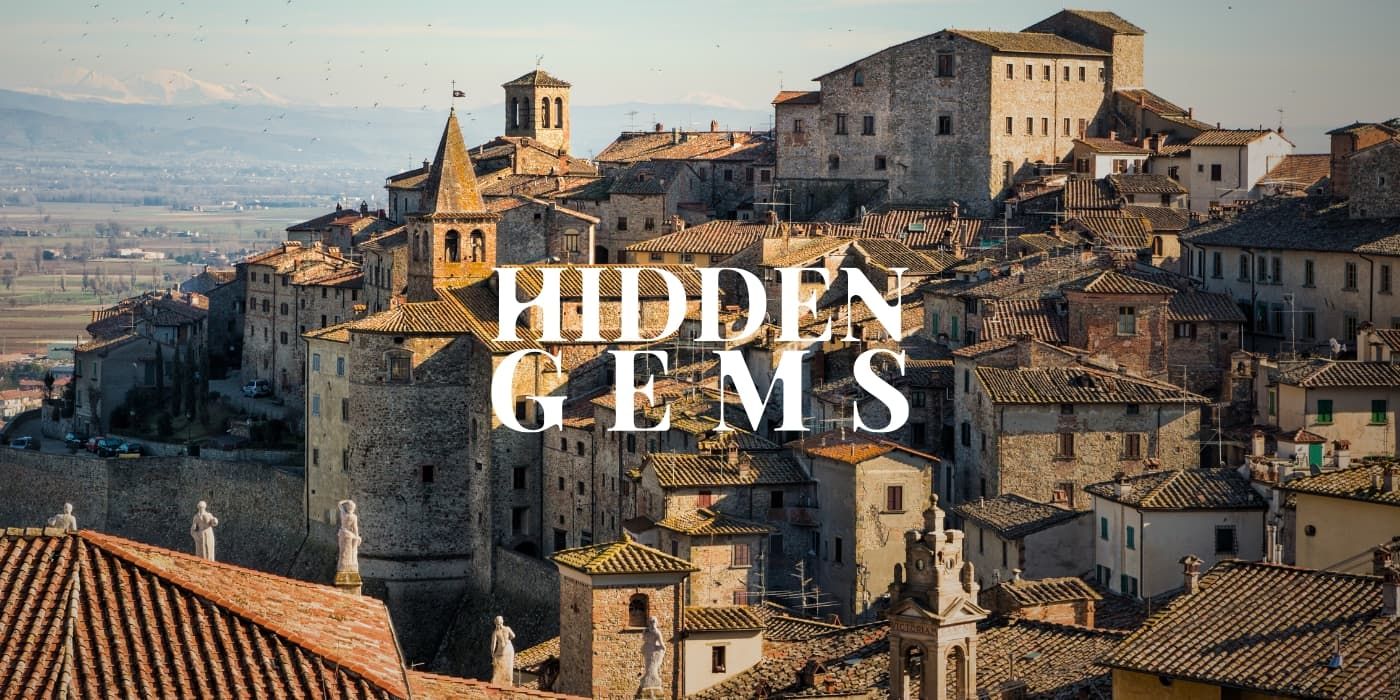

Paola Cirino
Here are all the things to do in Viterbo Lazio's hidden gem. In its history it's been a crossroads of civilization where even the Popes wanted to live